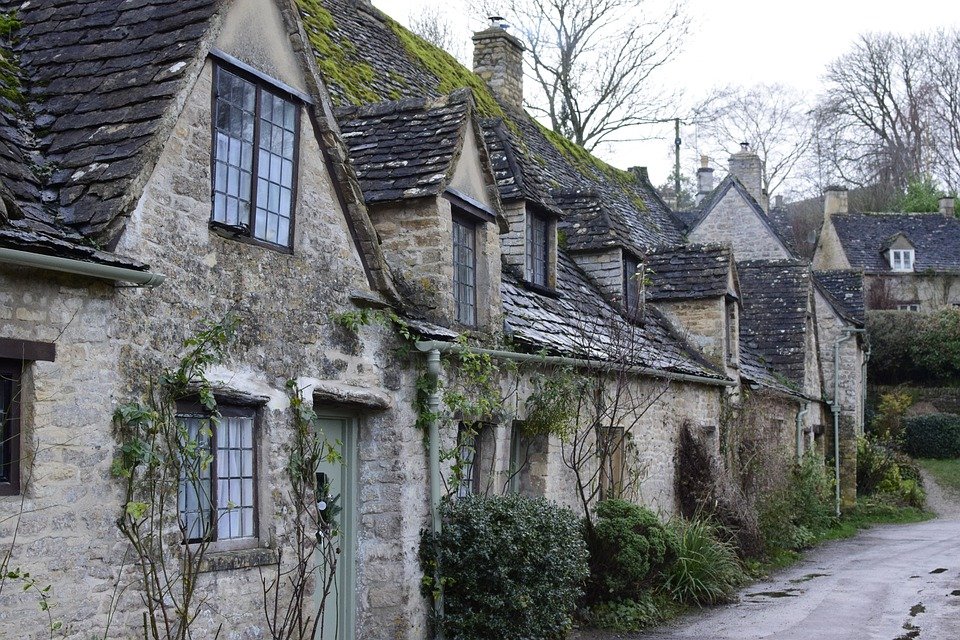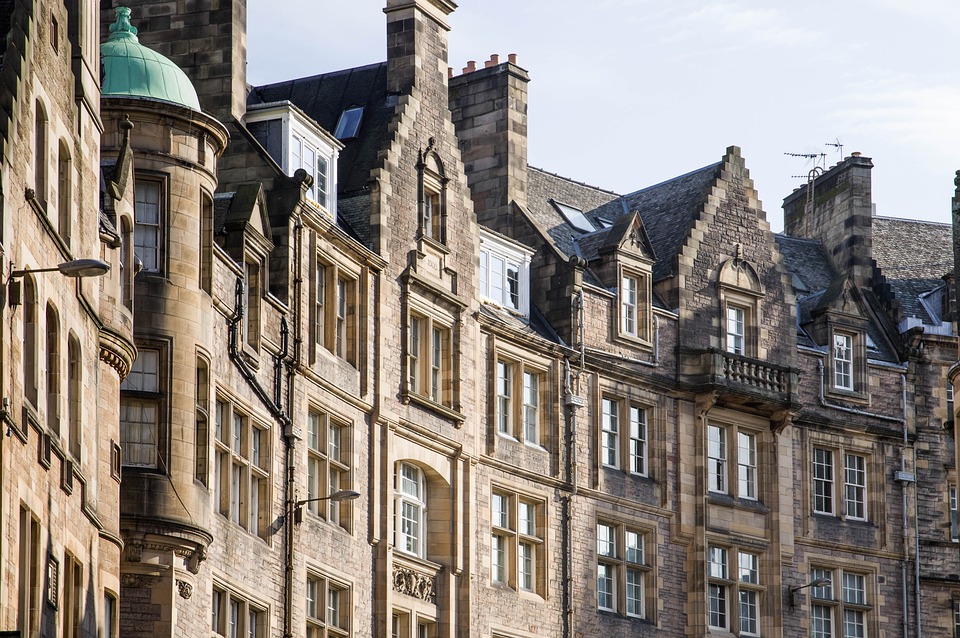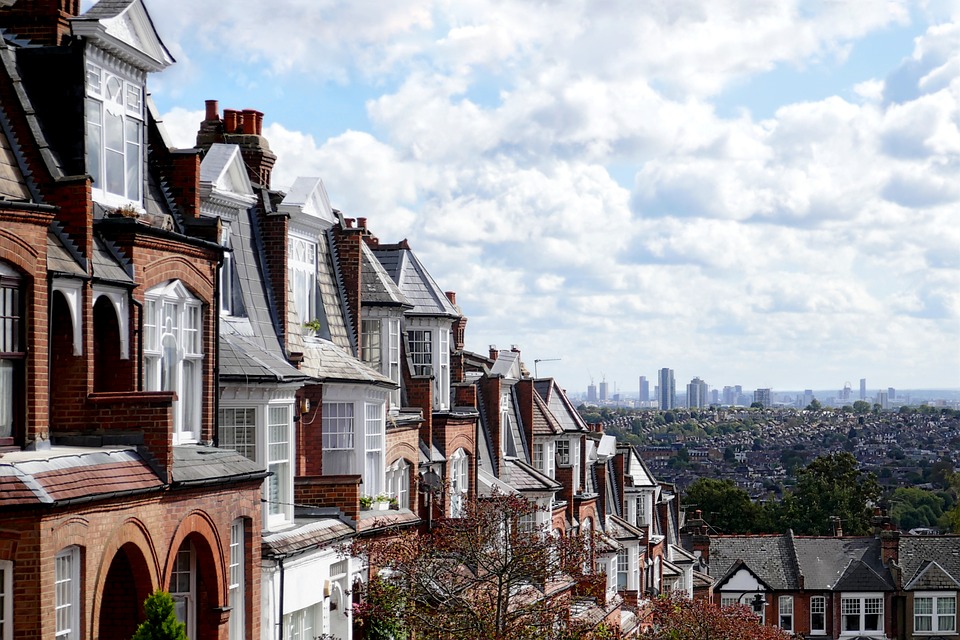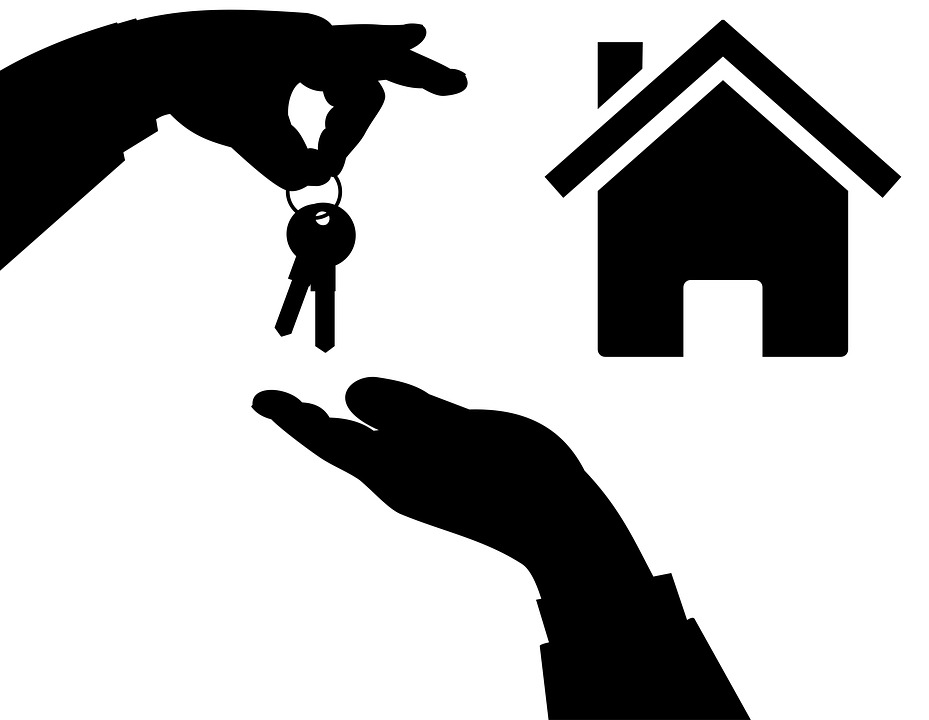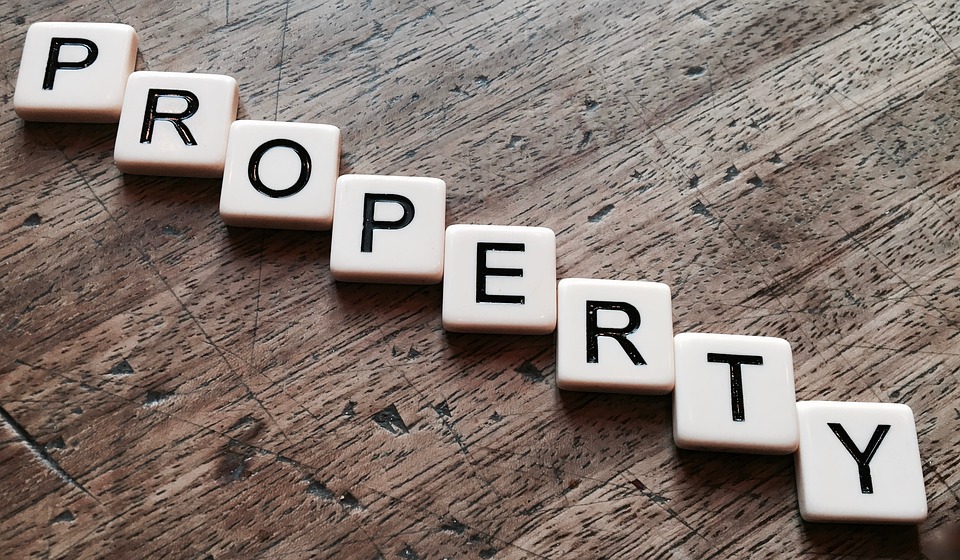House sales slumped by almost two thirds (63 per cent) in July, after a record month for property transactions in June.
According to the latest HM Revenue & Customs figures July saw just 73,740 property transactions, compared with 213,120 in June, the last month of the stamp duty holiday.
But despite transaction figures dropping, housing market experts are certain the increasing number of lenders offering cheap mortgages will ensure 2021 doesn’t fall flat.
“The fact that lenders are offering record low mortgage rates is enough, it appears, to ensure appetite in the housing market remains on a par with that in 2020,” said Adam Oldfield.
Contact us today to speak with a specialist Commercial Finance Broker to discuss how we can assist you
“While these rates are available it is likely to provide enough impetus to keep the market growing, even if it is at a reduced rate.”
Interest rates on mortgages have tumbled in recent months. Earlier this month, Halifax introduced the UK’s lowest two-year fixed rate at 0.83 per cent for large deposit holders, alongside a record five-year fixed rate at 0.98 per cent for large deposit holders.
But Oldfield reckons with rising inflation remaining “a spectre on the horizon”, the Bank of England could be poised to increase the base rate, and with it mortgage rates “will rise”.
“The term ‘make hay while the sun shines’ is undoubtedly apt for those looking to move or remortgage in the near future.”
Mark Harris said cheap mortgages have already “played a significant part in the uptick in transactions”, and “will continue to do so going forwards, even as the stamp duty holiday tapers off”.
He added: “Mortgage pricing continues to trend downwards, with a growing number of sub-1 per cent products.
“But it is not just the deposit-rich who are benefiting from cheaper rates – those borrowing at higher loan-to-values are also seeing rates fall, with even 95 per cent loan-to-value deals now to be had at sub-3 per cent.”
Read about the UK Housing Market via our Specialist Residential & Buy to Let Division
Experts have already predicted these rates will fall further in the coming months, as lenders balance their position of wanting the business with the risk of lower loan-to-value deals.
Paul Stockwell, chief commercial officer at Gatehouse Bank, said “transactions may creep up again in August” as a result, before “another flurry of activity in September as buyers try to complete house sales before the final stamp duty savings are removed”.
He added: “This wave is unlikely to match June’s in scale but the effect of the cliff-edge will still be in attendance.”
Low supply were likely the only thing that could hold transaction levels back, Stockwell said, pointing to the fact mortgage approvals, as published by the Bank of England, were still surpassing pre-pandemic levels.
Adam Forshaw, managing director of conveyancing firm O’Neill Patient, said there was still a “strong return to the remortgage market despite it being the holiday period”.
He expects this resurgence to continue over the coming months.
Forshaw’s predictions echo those of others in the market. Jeremy Duncombe, director of mortgages at Yorkshire Building Society, told FTAdviser back in July: “The real opportunity is in remortgages.”
He explained: “There are some big maturities coming up as fixed rate mortgages come to an end. This means customers will need to remortgage.
“For brokers, this is where the opportunity is. They need to start proactively reaching out to customers about their options. That way, they’ll create capacity.”
By Ruby Hinchliffe
Source: FT Adviser
Discover our Commercial Mortgage Broker services.


